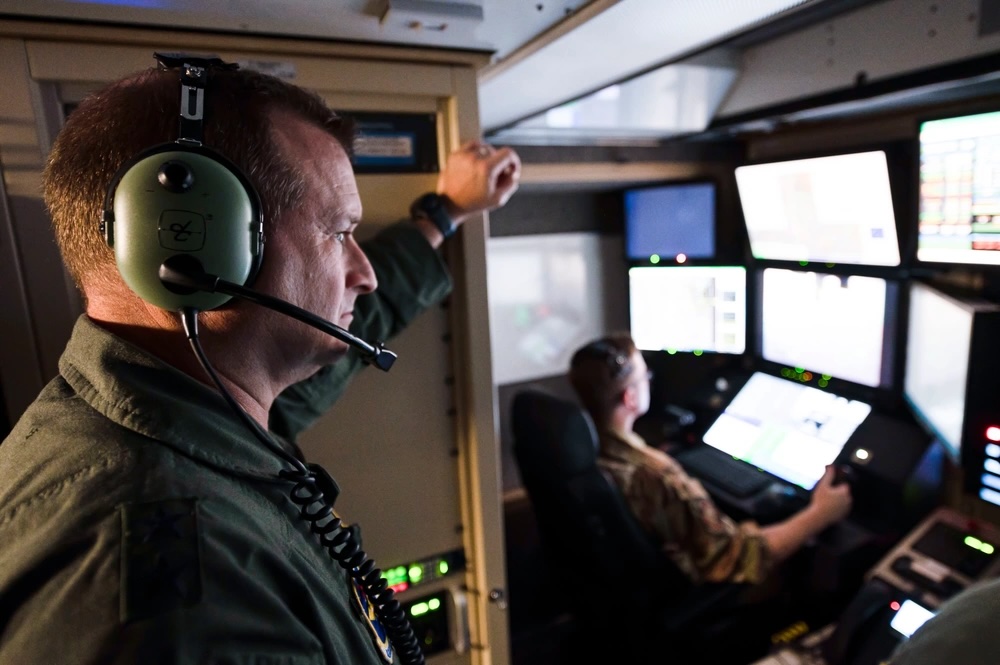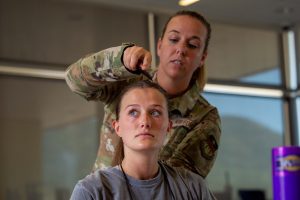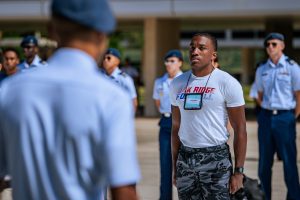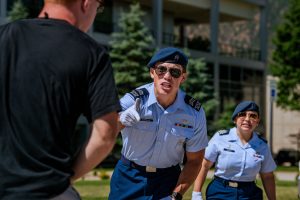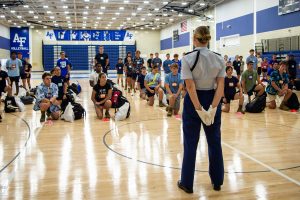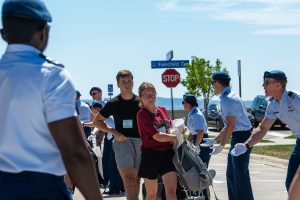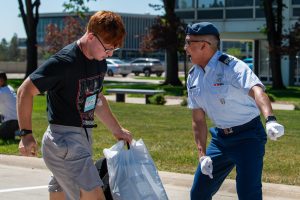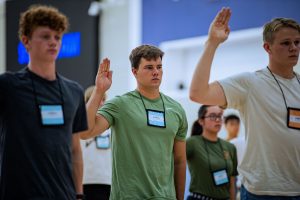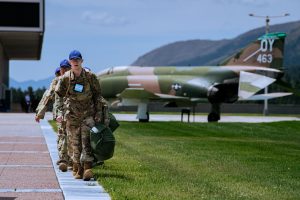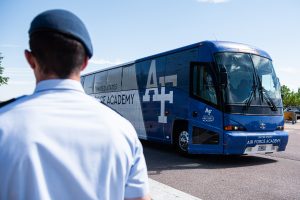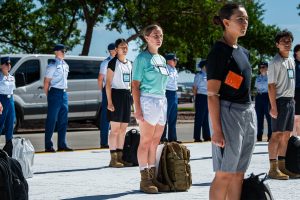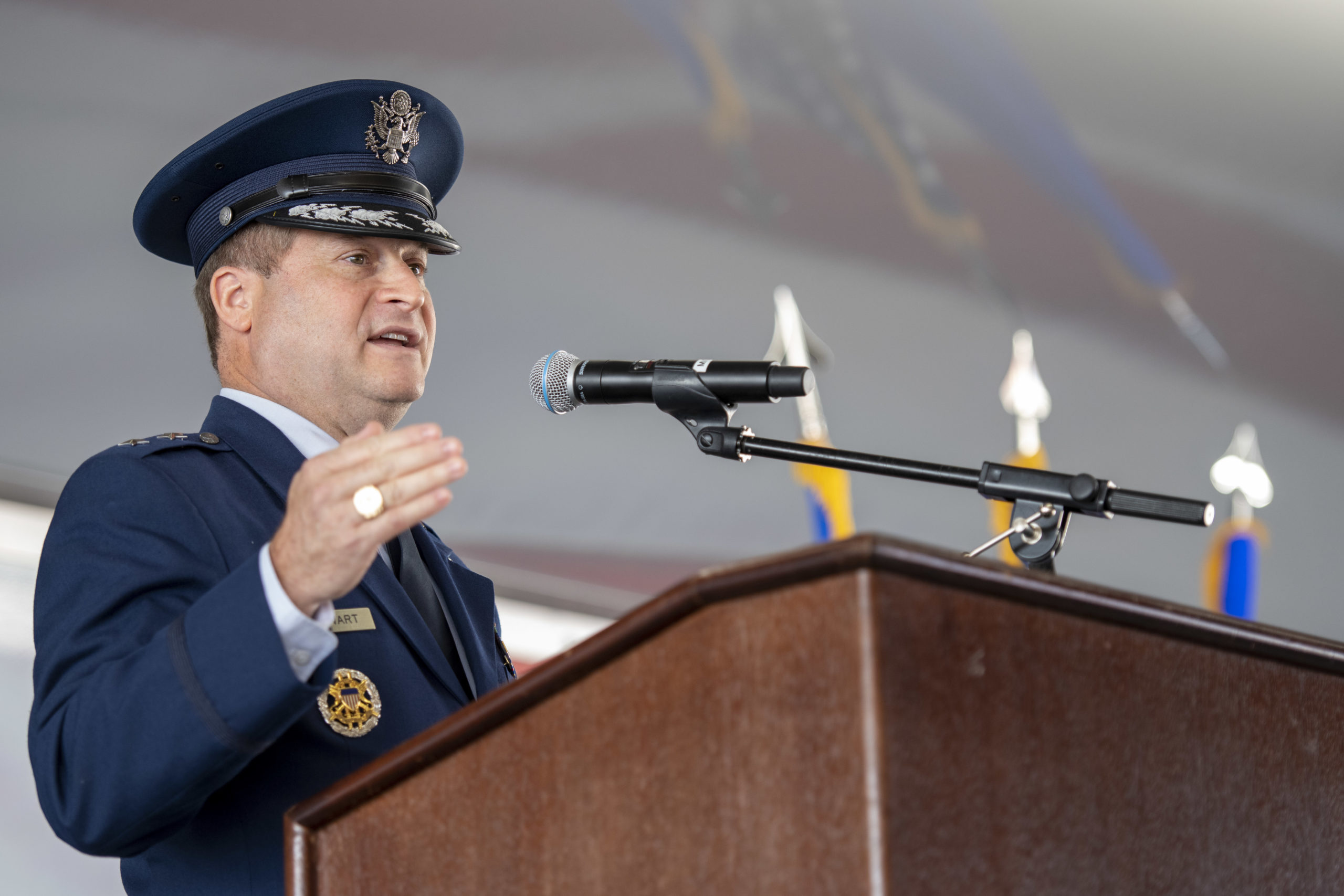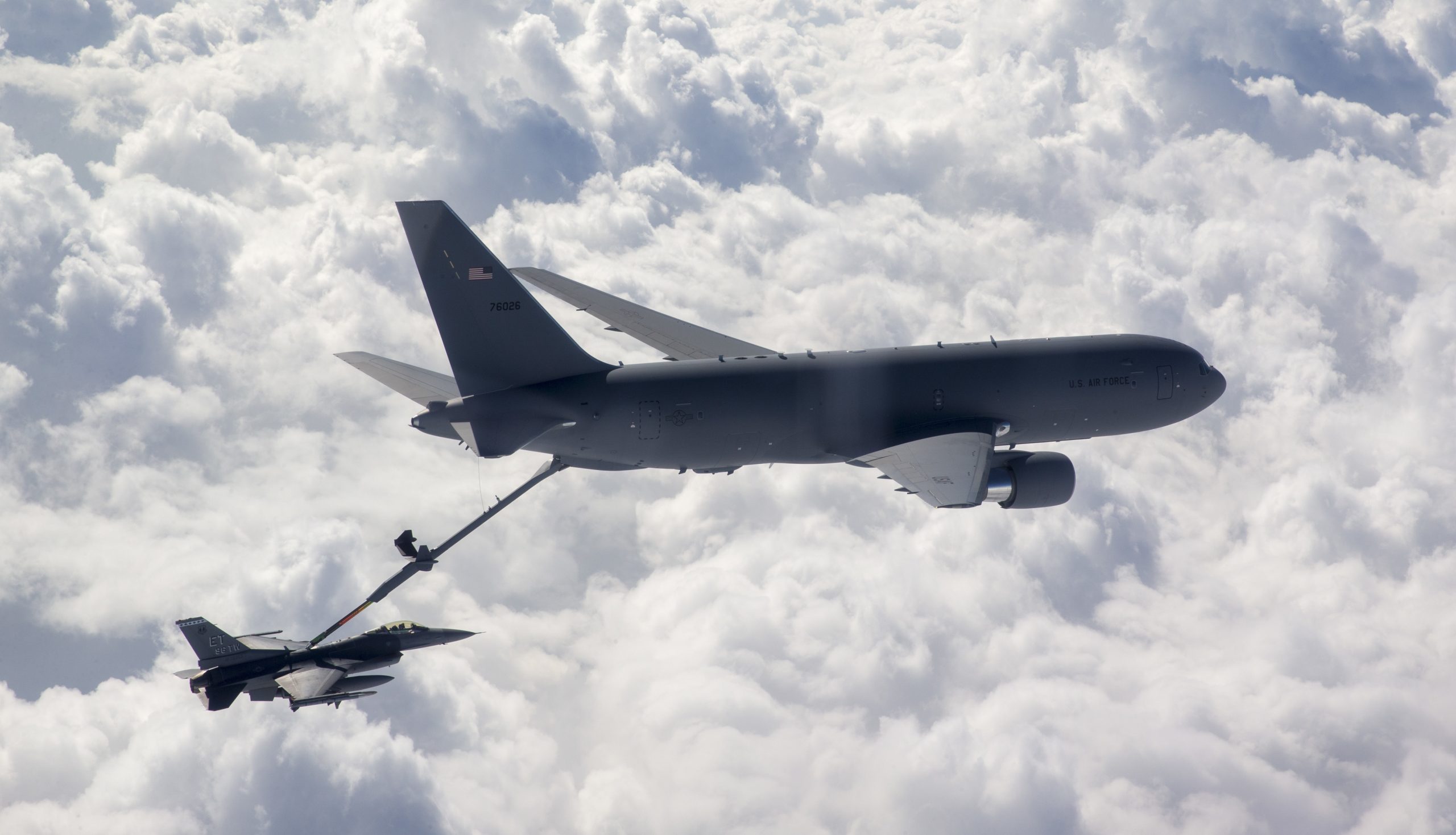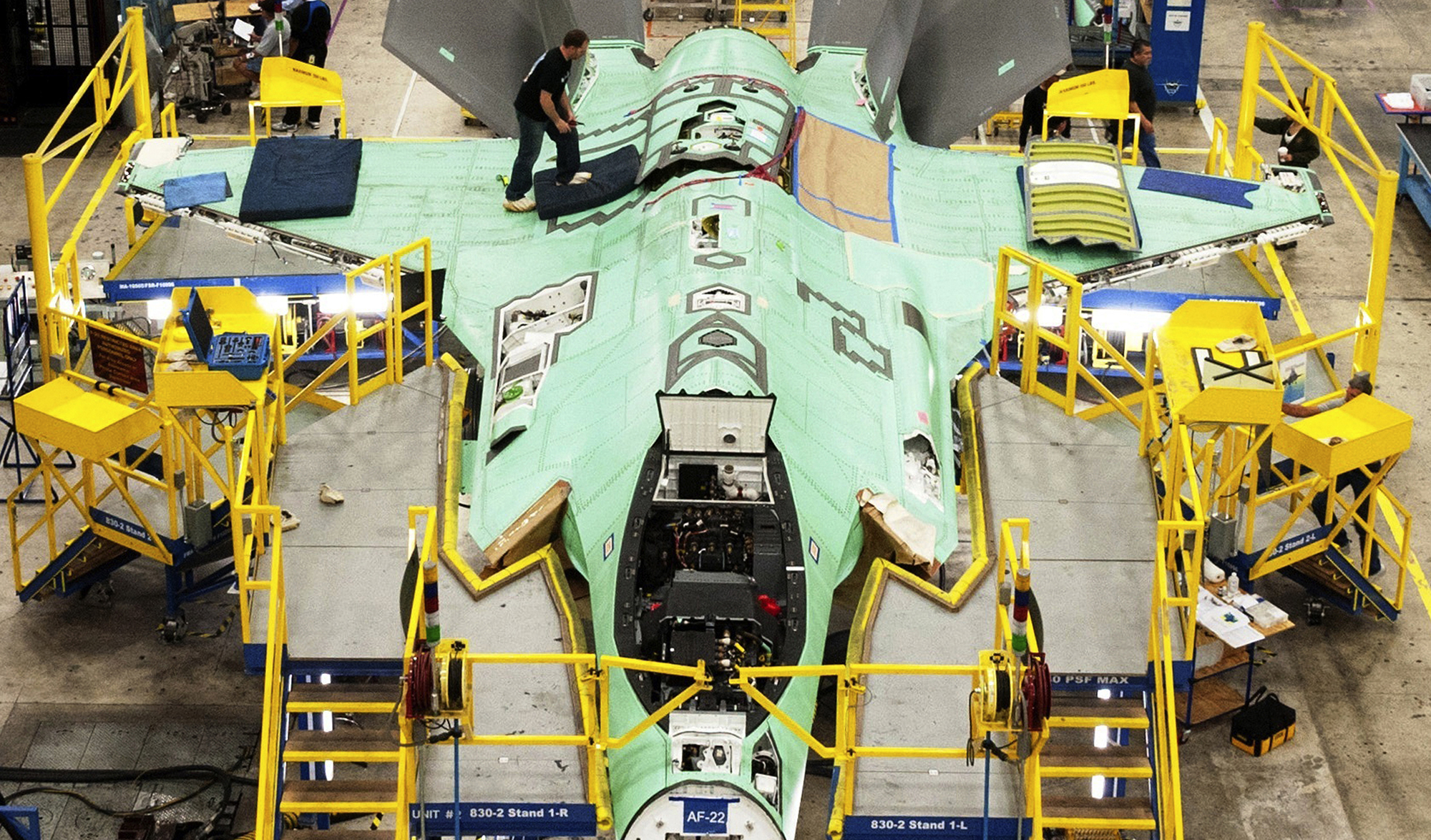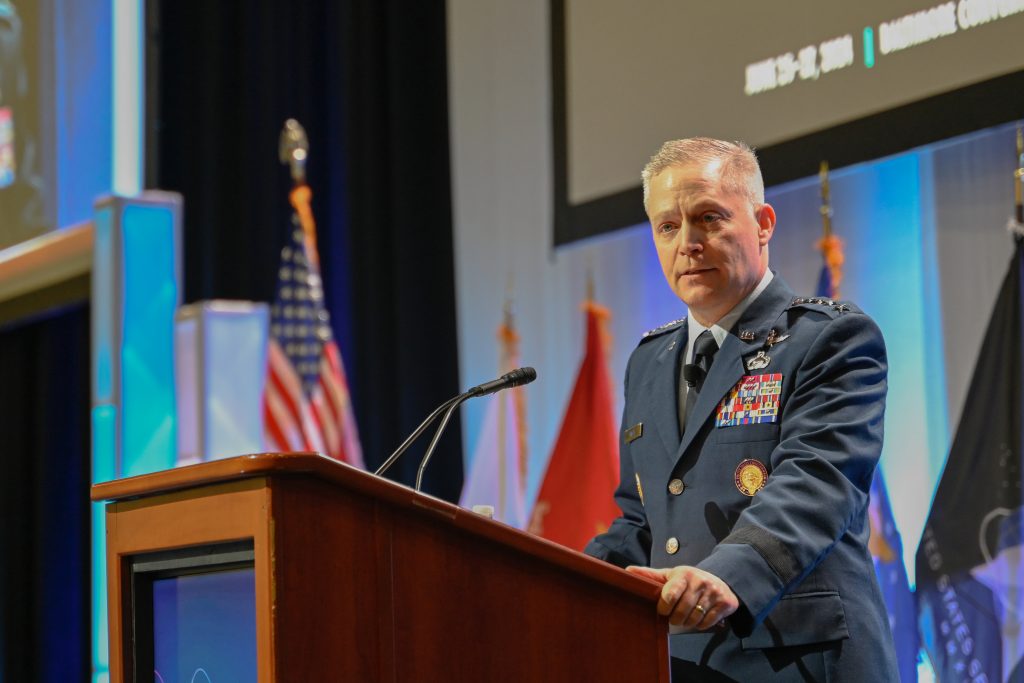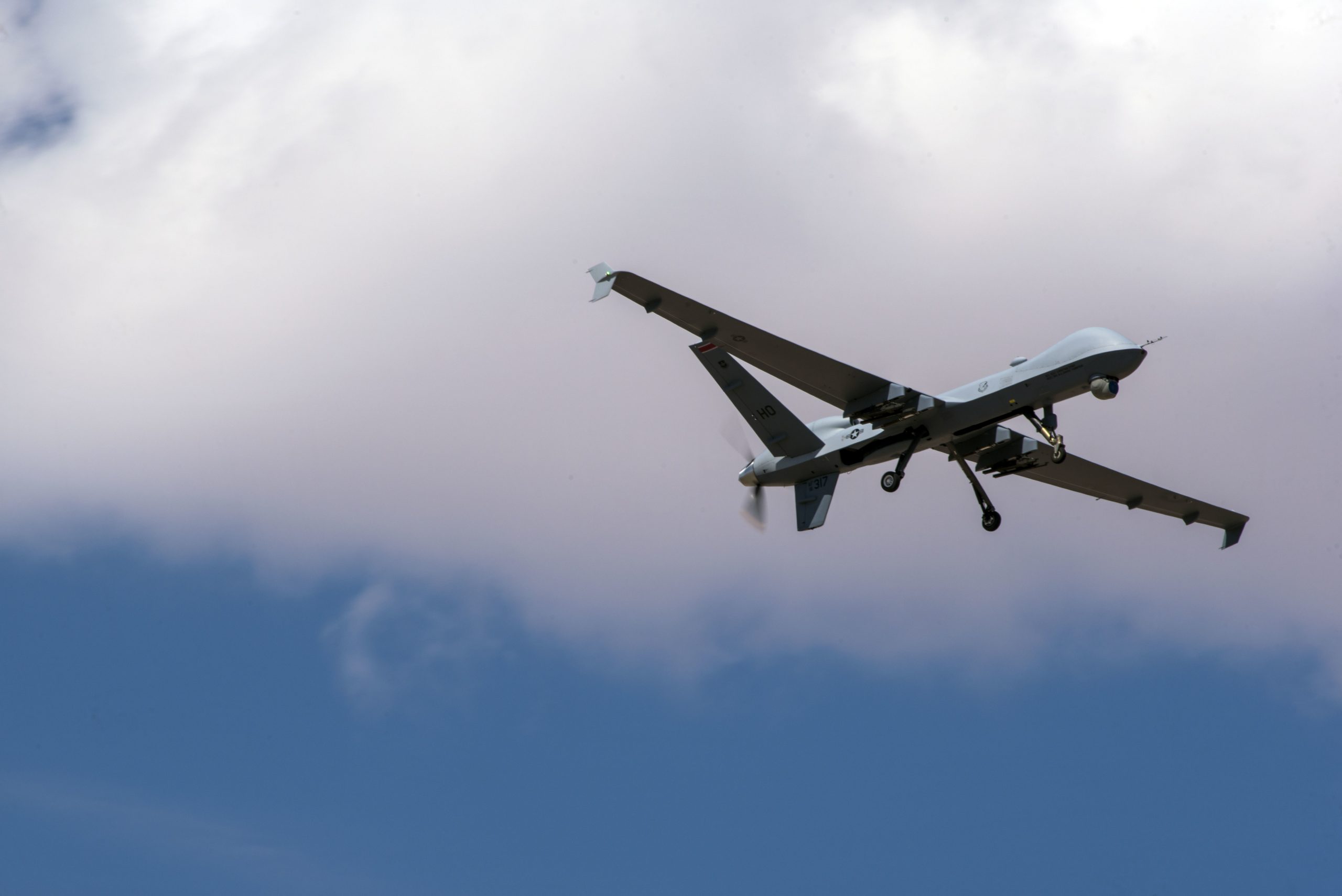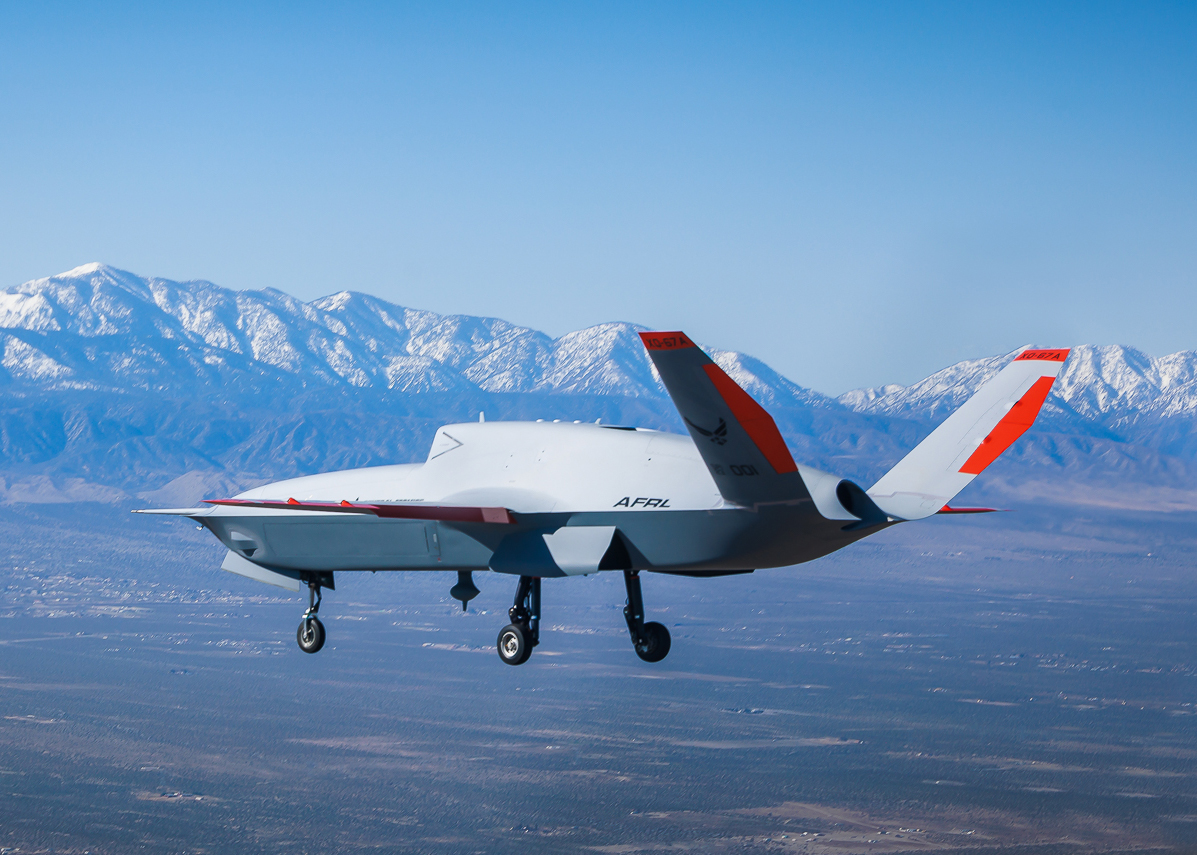Maj. Gen. Phillip Stewart, the first general in Air Force history to face a court-martial by jury, was found not guilty of sexual assault but convicted of other charges on June 29.
The eight-general panel—the military term for a jury—found Stewart not guilty of two counts of Article 120, which forbids sexual assault. The panel did convict him on one count of Article 133, conduct unbecoming an officer for allegedly inviting a subordinate to spend the night with him; and a count of Article 92, for allegedly controlling an aircraft within 12 hours after consuming alcohol.
Earlier this week, on June 24, Stewart pleaded guilty to one count of dereliction of duty under Article 92 of the Uniform Code of Military Justice for pursuing an unprofessional relationship, and to one count of violating UCMJ Article 134, for having an extramarital affair.
The court-martial now moves into the sentencing phase, which is expected to start June 29 and will be overseen by the judge, a spokesperson for Air Education and Training Command said in a statement.
“Presentation of evidence, and matters in aggravation and mitigation will be offered by counsel,” explained Capt. Scarlett Trujillo. “Frequently victim impact statements are made as well.”
A spokesperson for Stewart’s defense team said the team would have a statement after sentencing.
The maximum punishment for willful dereliction of duty not resulting in death or grievous bodily harm is a bad-conduct discharge, forfeiture of all pay and allowances, and confinement for 6 months, according to the 2024 Manual for Courts-Martial. The maximum punishment for extramarital conduct is dishonorable discharge, forfeiture of all pay and allowances, and confinement for 1 year.
Back in December, the presiding officer at Stewart’s preliminary hearing recommended the case not proceed to court-martial. Retired Col. Don Christensen, a former chief prosecutor of the Air Force, described the officer, Col. Brian Thompson, as a highly-experienced former prosecutor, so he was unsurprised that Stewart was found not guilty of sexual assault. Still, he said the finding does not diminish the gravity of the other charges.
“The remaining crimes he was found guilty of committing are serious and his sentence should reflect that,” Christensen said. “As general officer, he let down the troops he led as well as the Air Force.”
The trial began June 17 with administrative proceedings followed by nearly a week of jury selection where more than 13 general officers—all of whom had to outrank Stewart or have pinned on a second star before him—traveled to the courtroom at Joint Base San Antonio-Fort Sam Houston, Texas. Selection ended with eight members on June 22, followed by presentation of evidence and witness testimony starting June 24, including testimony from the alleged sexual assault victim. Stewart declined to testify, according to the San Antonio Express-News.
The only other Air Force general to have been court-martialed, Maj. Gen. William Cooley, was convicted of abusive sexual contact in 2022 by military judge alone. Stewart was relieved as the head of the 19th Air Force, by Lt. Gen. Brian Robinson, the head of Air Education and Training Command (AETC), on May 9, 2023.
